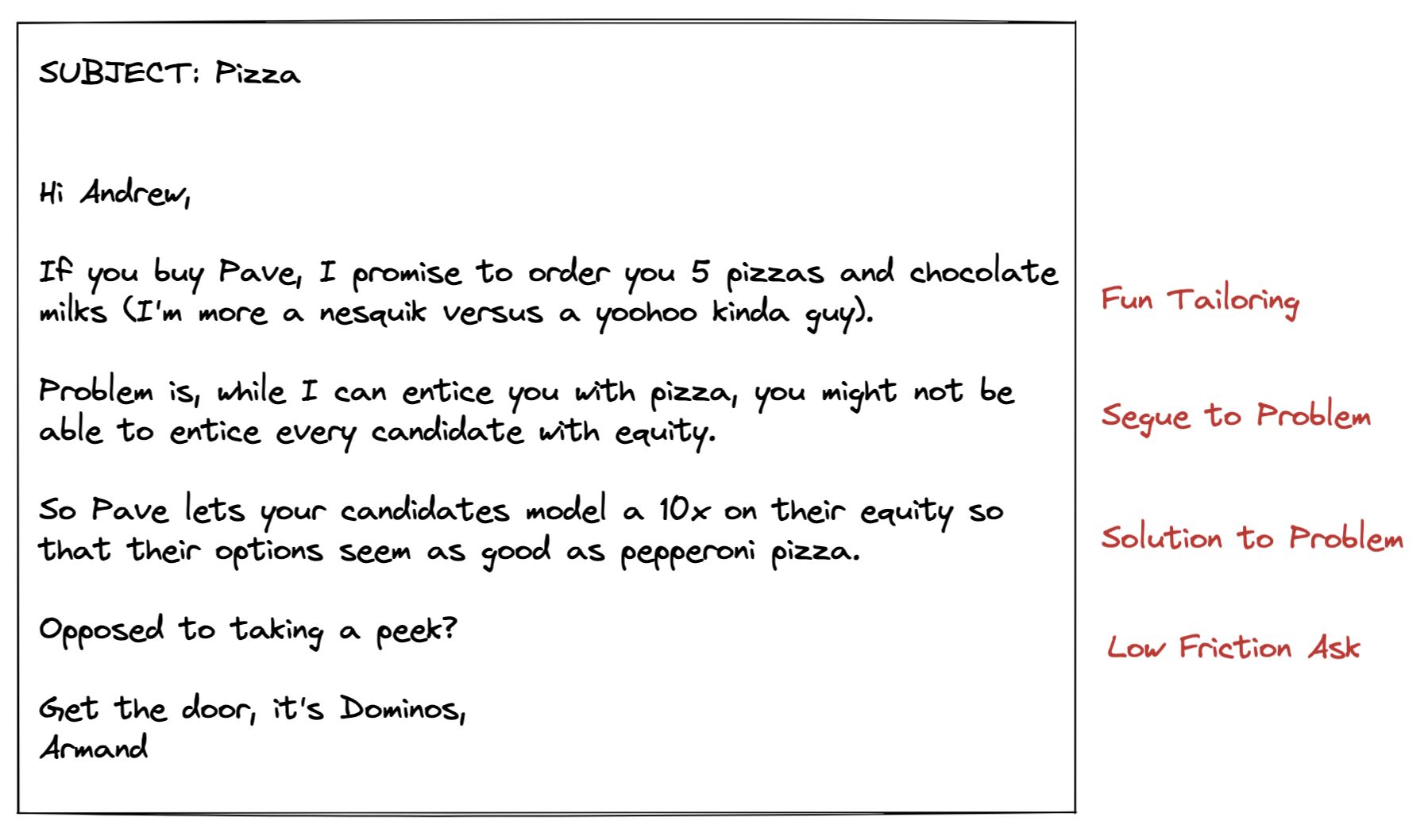- Data: why pay so much attention to the follow up sales strategies
- 1- Regularly recheck the email technical side
- 2- Personalization & research
- 3- Sequences and automation
- 4- Multi-channel follow up strategies
- 5- Contact several people at a company in your follow up campaign
- 6- More active follow up strategies for use in selling
- 7- Track all your activities
- Bonus: 3 follow up best practices
- 7 follow up tips to empower your campaign
You’ve heard many times how follow-ups would increase your sales. So you tried to remind prospects about your business several times, and ended up with zero to few replies. Often it isn’t because of low-quality content though because you lack sales follow up system.
To have a certain follow-up strategy means:
-
you know when to invest in an automation tool and when to outreach manually,
-
you have enough reasons of contact after your first message,
-
you leverage several channels to get a reply or wisely choose one channel because it is more cost-effective for now.
We should honestly mention that sometimes follow-ups make little sense to invest in. It is the case when you have millions of possible clients/partners/whatever. The chances of getting a response are 30% on the first email, and they decrease up to 10% on the eighth email. So by contacting people only once your efforts will be distributed more wisely.
Now, go through the follow up strategies for use in selling and plan the implementation. We recommend testing and adapting them step by step. Dedicate 80% of efforts to one or two. After they meet the desired performance level, switch to the next one.
Data: why pay so much attention to the follow up sales strategies
Here are some stats proving the importance of follow-up strategy and why it can be your competitive advantage.
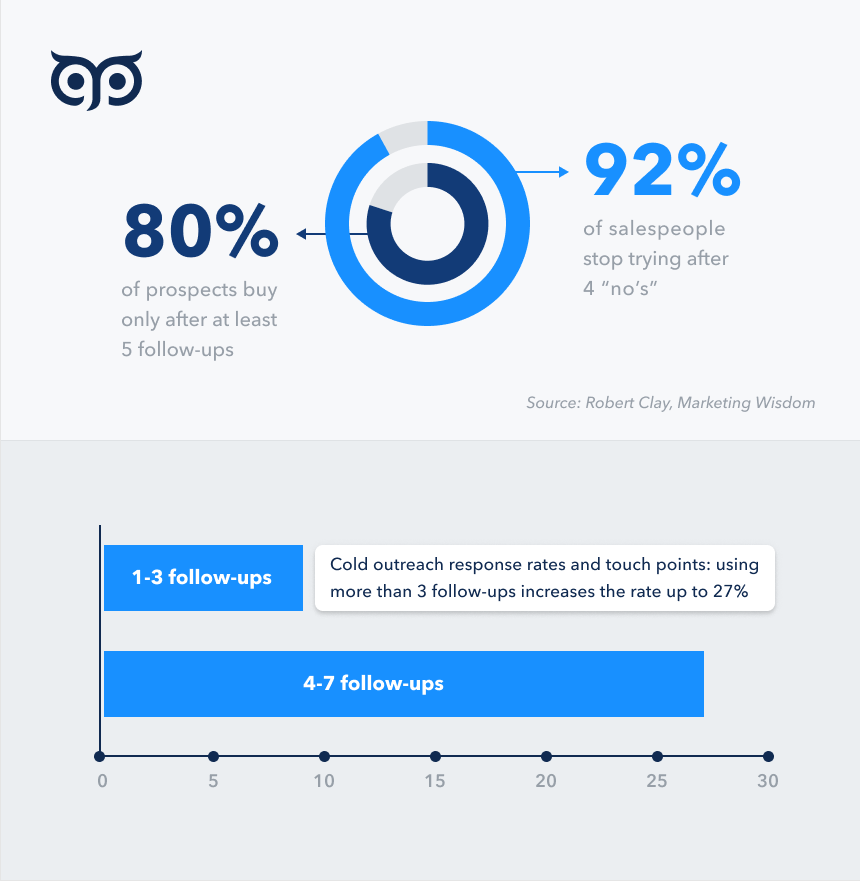
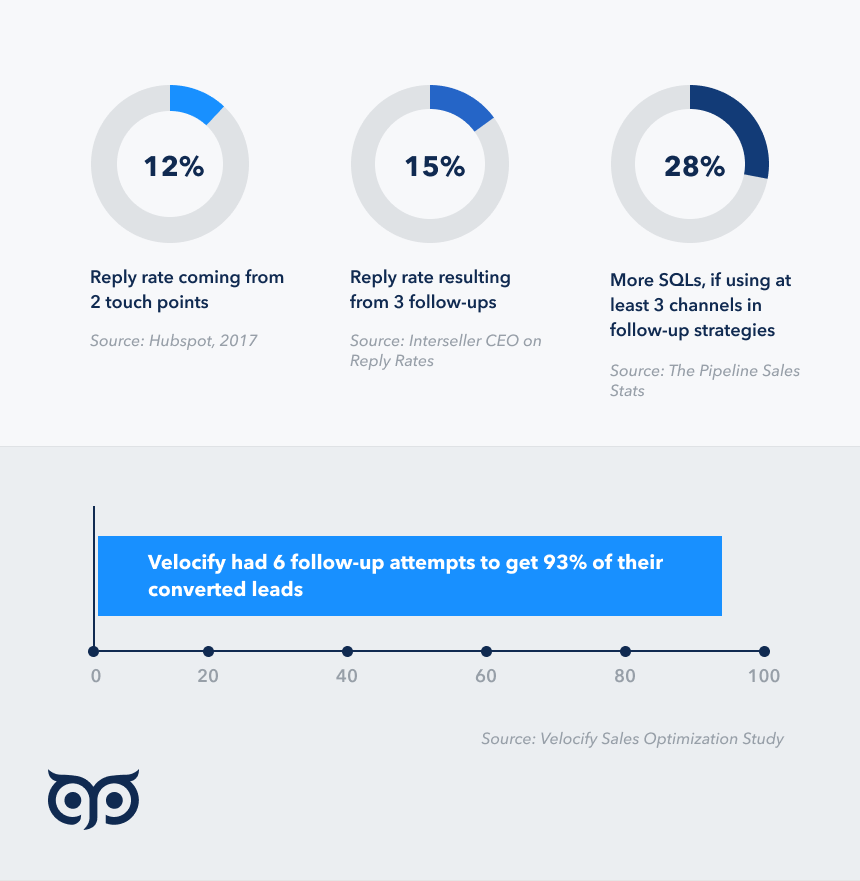
1- Regularly recheck the email technical side
It may be the obvious advice, and you are tired of hearing about it. Though we keep mentioning it whenever possible since it's a shame when your perfect follow-ups don’t reach the recipient.
You can’t set it and forget it once. Your email deliverability health may change for various reasons after a while.
Here are some points to watch before sending a new follow up campaign:
-
The email validity status may change if you found the emails a week or a month ago. For instance, the person you try to reach might leave the job => the account was deleted => the email turned invalid => you get unwanted email bounces. So keep your contacts updated with email verifier.
-
Email reputation may decline even if you observe all the rules and don’t spam. You may be blackslisted because of the shared IP in your email sending tool. A lot of email bounces influence your reputation too and your follow-ups may appear in spam. So check bounces and spam complaints stats in your mailing tool.
For further explanations — check our previous materials on email bounces and deliverability.
2- Personalization & research
Personalization is made up of 2 steps: find facts that will help in sales and then use them wisely throughout your follow up plan.
Find relevant facts for an effective follow up strategy
Research is probably the most important for the success of the whole follow up system for sales. Though it is a special skill to find relevant information for your outreach. The idea isn’t to find any random info about the company or buyer, though data that will assist you in on the way to your goals.
We distinguish 2 types:
1. initial research for prospects or groups of prospects and
2. observations, meaning you regularly review their socials and company updates. To make the process smoother, prepare a research checklist you go through before launching a follow up campaign.
The main task in your research is to find facts/triggers that indicate the problem you solve is a top priority for them. For example, a new round of funding, a big product release or acquisition, or new hire decision-makers (3-12 months).
The second task is to collect non-business-related topics for communication — to build personal relationships and trust. It includes information about their personal attitudes to certain subjects, hobbies, recent trips, likes/dislikes.
How to follow up leads with found info properly
- Tip 1. Prepare each follow-up around 1 idea
- Tip 2. Make sure your message is a logical story
Distribute found follow up ideas across touchpoints. Don’t pull everything in one message. So you will have legal reasons for a contact for several months in advance. Besides, one idea per follow-up makes your message concise and clear for a recipient and grows positive reply rates.
Logically tie found facts to you and your product. Example of the logic: I saw you... + an assumption about their problems + competitors face the same + what we do.
3- Sequences and automation
A sequence is predefined and prescheduled follow up campaign. It may include only emails or touchpoints in several channels.
In any case, it is a good idea to know what you will do in this or that outcome. If you have many small deals, it is reasonable to automate. You have a workflow, find leads and upload them to sales follow up system. You or your sales team control and correct each prospect’s way.
If paying for an automation tool isn’t reasonable or affordable for now, it is absolutely OK to prepare your plan your actions and set reminders when you will do them.
If your target is big deals, automation follow up sales strategies are mostly useless. You can’t contact them with predefined workflows and templates. To get results you will reach your clients with manually written and highly personalized messages such as this one:
Here is a simple sequence example with emails. Refine it for your case and channels and elaborate with further possible outcomes based on your sales cycle. Sure, have your research and arguments with you for improvisation. Each next follow-up will be divided into the same outcomes.
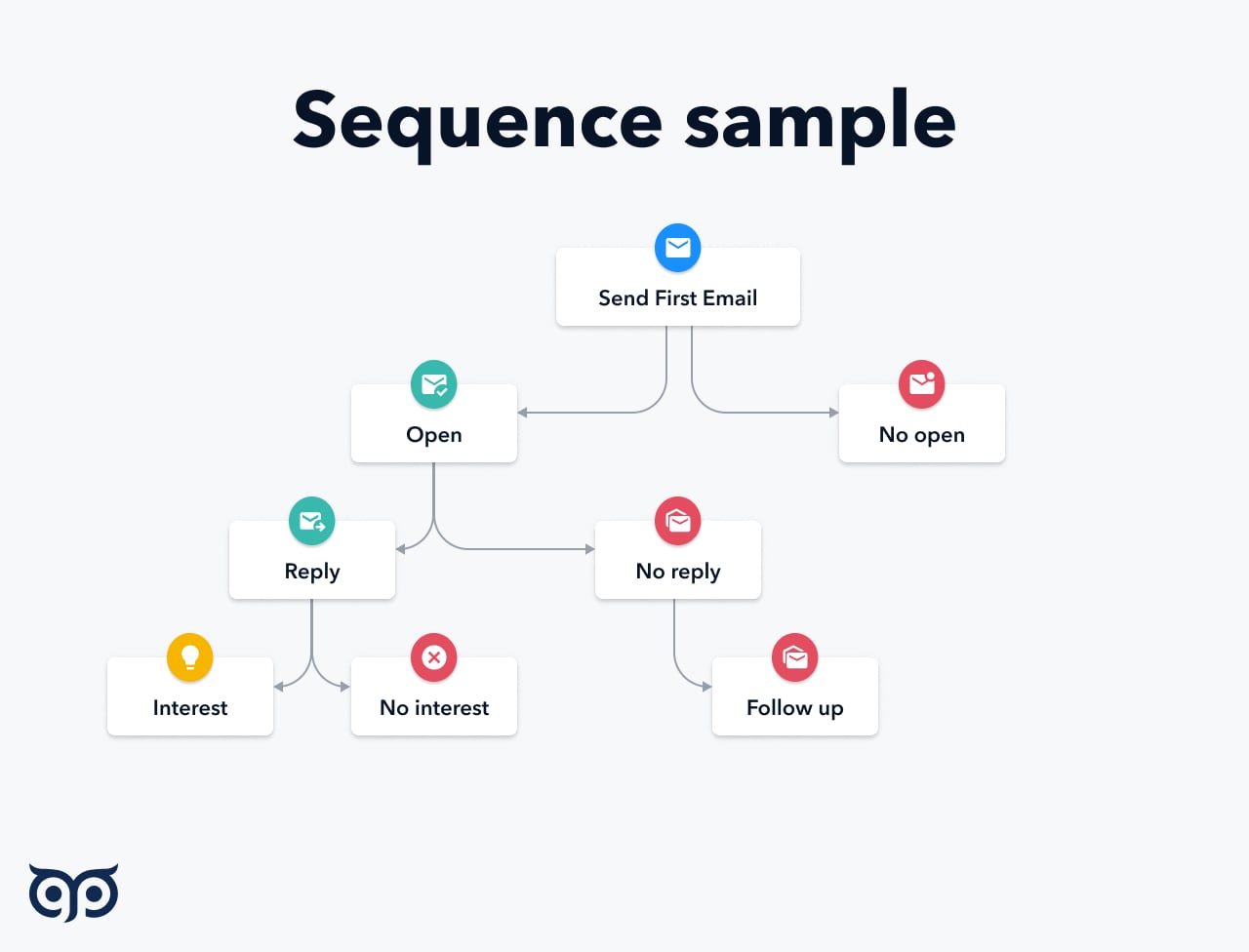
4- Multi-channel follow up strategies
Multi-channel outreach means you leverage more than one channel in your follow-up touchpoints. The goal is to work out what medium is favored by the prospect for communication. As a result, your odds of getting the response increase.
Note: in case you have many leads to reach though you aren’t ready to scale your team, it is OK to use one channel effective follow up strategies.
The approach is perfect for getting faster replies since you gain more visibility.
We also recommend adding to your follow-ups less popular channels. Let’s say your prospect actively use LinkedIn, though they have so many messages and may simply don’t notice yours. At the same time, they have almost zero messages on Twitter.
Multi-channel sales follow up techniques
Check the methods to catch the idea better and create your own.
-
3-day outreach from different channels
-
9 touch points within a month
1. Clusters from Jed Mahrle.
He takes one client’s problem and talks about it during 3-day outreach from different channels. Each touchpoint is executed together with 1 or 2 other touchpoints simultaneously. After day 3, he recommends giving it a 2-3 day break and repeating this cycle 2 more times.
1 WEEKDAY: Call → voicemail → email
- ✅Call their mobile number first
- ✅Your voicemail should refer to the email you’re going to send
2 WEEKDAY: Call → LinkedIn touch → email (same thread as first one)
- ✅Call prospect’s direct number this time
- ✅Send a blank connection request as the first LinkedIn contact (blank connects leads to higher acceptance rates). Once you’re connected, you can start sending messages
3 WEEKDAY: Call → LinkedIn touch → email (same thread as last one)
- ✅This time call their mobile number using a local dialer (combining calling directs, mobiles, and local dialer = higher connect rates)
- ✅If you are now among their LI connects, send a DM that refers them to your email. If you haven’t been accepted, just view their profile, react to their most recent post.
2. 9-step formula from Amplemarket.
To write crazy good first emails — check one of the recent materials in our blog about a sales pitch.
On the 9th touchpoint, we recommend sending something weird or unusual — you have nothing to lose :) Check the samples from our previous article.
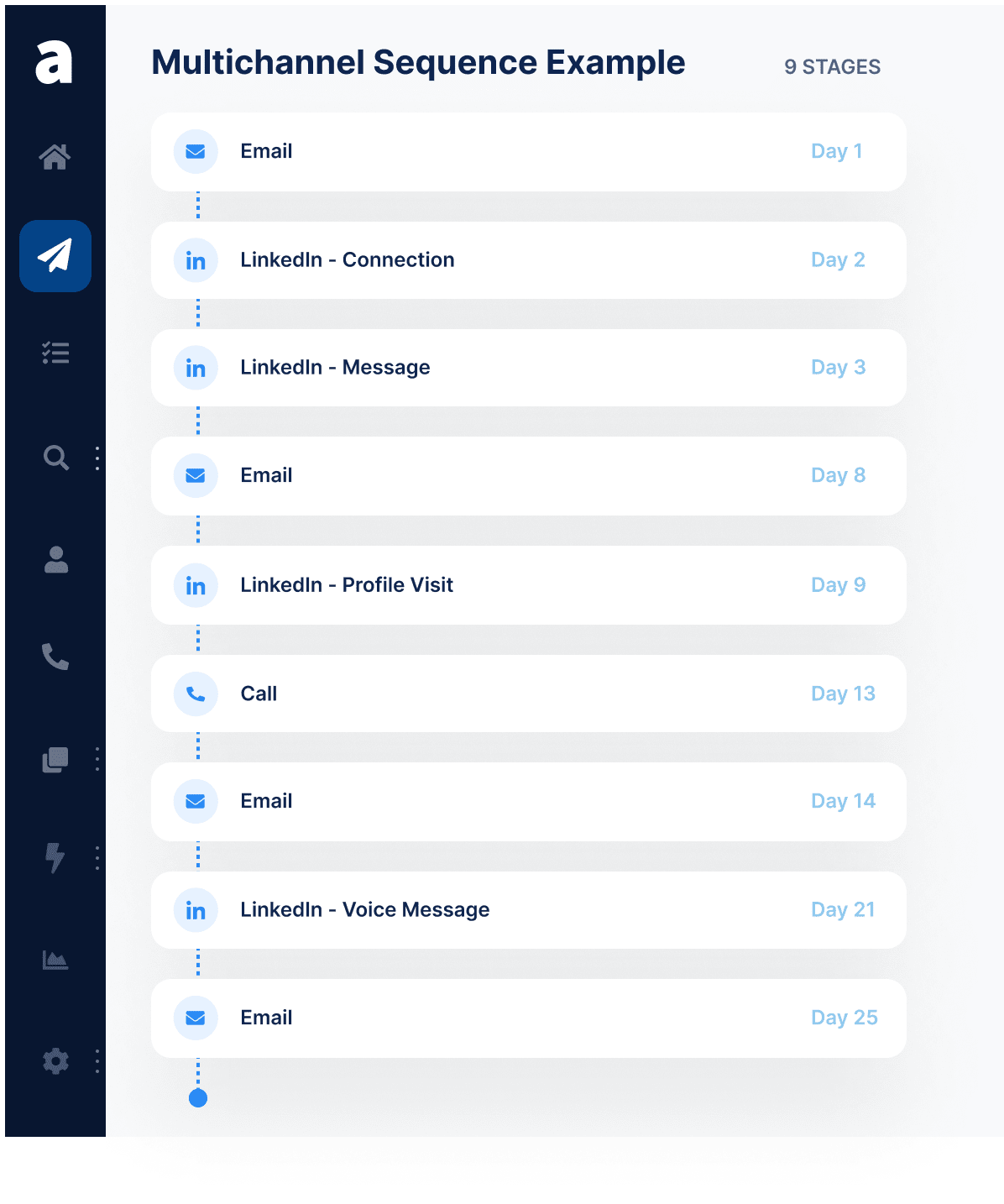
5- Contact several people at a company in your follow up campaign
If the decision-maker doesn’t reply after a 3d message, it is a good idea to start contacting their related colleagues. For example, you sell software for recruiters in medium companies. So you go to Head of Recruitment, then you can contact recruiters, Head of Human Resources. Go deep and wide in an organization.
As a result of the follow up plan, you can learn from them more about the company and its needs and go back to your decision-maker. You can uncover that there is another person responsible. You also can get referrals down from the C-Suite.
The first messages to the colleagues may be about the same as to the presumed decision-maker.
6- More active follow up strategies for use in selling
Sometimes very frequent touchpoints works. When you contact prospects several times a day, it is kind of a risky strategy. We recommend testing it only in case you have a large pool of leads and can sacrifice someone. Also, pay attention to the cultural differences. It might be working follow up techniques in the US, though not in West Europe.
At the same time, people love such follow up strategies because you can get a «yes» or «no» from a prospect ASAP.
7- Track all your activities
To make your follow up strategy bring necessary results, you should refine it along the way. Decisions of what to change you typically base on the data.
One of the follow up techniques in sales is to have the entire communication history with a client mixed with quantitative metrics.
Tip: you don’t need to have a complex expensive CRM, copy-pasting your messages from different channels in one place will work too.
Quantitative metrics may include:
-
Follow-ups sent. You will know whether you send too much or it’s better to send more.
-
Open rate. The metric tells you that the subject line or time works.
-
Response time. Do your follow-up efforts result in a response in 1 week or 2 months? Measures how urgent and relevant your message is.
-
Reply rate. The effectiveness of your follow-ups.
-
Time sent. Fix your sending days and times and the following results. Check when clients send emails. So you can figure out the best time for the prospect or group of prospects.
-
Clicks. If you provide links — check their interest in the content and sent the next follow-ups based on what caught their attention.
-
Conversions. How many meetings and sales do you get from this or that campaign?
Regularly check what follow up sales strategies to remove and where to direct more efforts.
Bonus: 3 follow up best practices
-
Ask prospects in what manner they what to be follow-upped. In your first or second message, you can honestly tell that you don’t want to be annoying and add questions about when and where they prefer reminders about you and your product.
-
Write your follow-up as a first message. After the 4th follow-up or when you contact a prospect after 3+ months, we recommend starting your communication from the beginning. They might don’t like your initial message, though if you try a different approach you can pique their interest.
-
Spice up your communication with soft follow-ups. Although you may show your prospect that what you're offering will meet their needs, there may still be some distrust between you. Soft follow-ups as one of the best follow up methods contain zero talks about your product. In such messages, you bring some useful info for a prospect or discuss some non-business topics. Examples:
-
You saw the post of your prospect about their last trip. You can contact them and tell that you are interested in the country and would be happy if they share their experience.
-
You found a new large report on their narrow industry. You can send them a short summary with relevant points specifically for their company.
7 follow up tips to empower your campaign
- Tip 1. Implement each of the effective follow up strategies in any order, dedicating 80% of efforts to one or two. After the first one reaches the desired level, move on to the next
- Tip 2. Make sure your email deliverability health didn’t change
- Tip 3. Prioritize researching info that will help you sell
- Tip 4. Prepare messages and touchpoints in advance based on possible outcomes. Even if you aren’t going to automate your follow-ups
- Tip 5. Follow-up in several channels simultaneously to understand the prospect’s preferred channel and get a reply
- Tip 6. Don’t stop on the decision-maker if they ignore your first 2 messages. Contact their colleagues and managers to get information, referrals, and attention
- Tip 7. Track what you did and analyze the results to improve your sales follow up system



